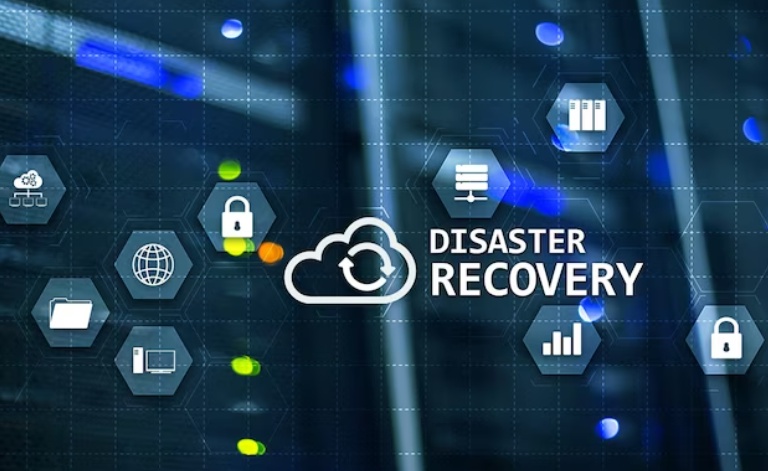Data is the backbone of any organization. It not only drives business operations but is also essential for decision-making. In today's fast-paced digital world, data is generated, analyzed, and managed on a massive scale. However, it is equally susceptible to various disasters such as cyberattacks, system failures, natural catastrophes, and human errors. Such incidents can lead to data loss, downtime, and financial losses. Therefore, having a robust disaster recovery plan in place is crucial. In this blog post, we will dive into the importance of SAN storage in disaster recovery.
What is Meant by Disaster Recovery
Disaster recovery is the process of ensuring business continuity by minimizing the impact of disasters, both natural and man-made. It involves recovering vital IT systems and data quickly and efficiently to avoid downtime and data loss. One of the key components of disaster recovery is storage. SAN (Storage Area Network) storage is a dedicated high-speed network that connects servers and storage devices. SANs provide block-level storage that can be accessed and shared across multiple servers.
What can SAN Storage Do?
SAN storage plays a crucial role in disaster recovery. It not only provides high-speed access to critical data but also ensures data availability, redundancy, and scalability. SANs use RAID (Redundant Array of Independent Disks) technology that provides data redundancy by mirroring the data across multiple disks. This ensures that if one disk fails, the data is still available on other disks, keeping the data ecosystem intact.
Another significant advantage of SAN storage is its scalability. Storage demands can grow exponentially, and SANs provide the ability to add more storage without impacting the current infrastructure. This ensures that businesses can store and retrieve the necessary data without any hassle, making disaster recovery more efficient.
SAN storage also supports various disaster recovery strategies such as remote replication. Remote replication involves creating a copy of the data at an offsite location. If a disaster occurs, the offsite data can be used to restore operations quickly. SAN storage provides high-speed data transfers between the primary and remote sites, ensuring the data is replicated quickly and efficiently.
In addition to disaster recovery, SAN storage also provides other benefits such as improved data management, reduced storage costs, and simplified storage administration. SANs allow businesses to consolidate their storage and manage it more efficiently, reducing the storage costs significantly. SANs also simplify storage administration by providing a centralized management tool that manages the entire storage infrastructure.
Conclusion
Disasters can strike at any time, and having a robust disaster recovery plan in place is critical for any business. SAN storage plays a vital role in disaster recovery by providing high-speed access to critical data, ensuring data redundancy, scalability, and supporting various disaster recovery strategies. SAN storage not only helps businesses recover quickly from disasters but also provides other benefits such as improved data management, reduced storage costs, and simplified storage administration. Therefore, businesses should invest in SAN storage solution as a critical component of their disaster recovery plan.


No comments yet